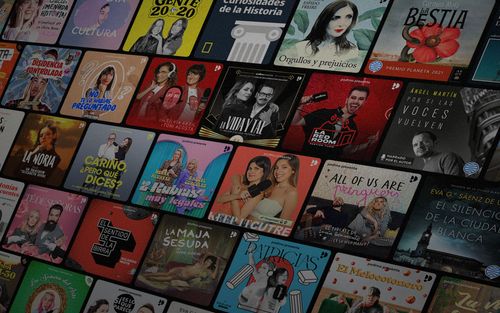Stroke and TBI Recovery with Dr. Robert Teasell MD: Part I
The NOGGINS AND NEURONS Podcast - Ein Podcast von Stroke & Brain Injury

Stroke and TBI Recovery with Dr. Robert Teasell MD: Part I Noggins And Neurons Facebook Group: CLICK HERE or scan below! PETE: When I first got involved in clinical research, I remember there was this statistic that the lag time between bench and bedside and rehabilitation was 15-20 years and the idea was you know that in oncology you couldn’t have that much lag time because people die of cancer whereas typically nobody dies of bad therapy. Do you think that the translation is still that long? What would you estimate is the, or is it impossible to estimate, it depends on the therapist kind of deal? TEASELL: It depends on the treatment and it depends on the kind of support that the treatments got. A lot of it’s cultural as well but I would say that 15-20 years...you know from moving into the research into regular clinical practice would be considered to be a very early adoption. That would be considered to be rapid. It’s more than 15-20 years. In some cases, I think it’s a couple generations. You know, when we sit down with our therapists and ask them, you know, ‘do you use the adjunct therapies?’ the answer is usually not a lot and why? Well there’s a number of reasons-timing, but it’s just like it’s not part of the culture. Like it’s just not part of the culture. You know...And you ask them, ‘would you like to do it?’ ‘Of course, we would, I mean, why wouldn’t we? Right. I wouldn’t mind trying something new or trying this new technology or this new treatment but I don’t know where to start; it’s not what we’ve traditionally done; it’s not what we tend to do; I’m busy enough as it is’ and so these treatments don’t get incorporated or added. So, you know, the reasons are legit, they’re fine, but I mean, if we’re looking at ways that we might be able to further improve recovery and the next big step...cuz you know, one of the things that you get a feeling in stroke rehab is people just not sure where we’re gonna go next. It strikes me that this is a lost opportunity that we could take advantage of. EPISODE SUMMARY: This episode of NOGGINS & NEURONS: Stroke and TBI Recovery Simplified is Part 1 of a captivating interview with Dr. Robert Teasell and Marcus Saikaley of the Evidence-Based Review of Stroke Rehabilitation (EBRSR). Join us as we learn about: The history of EBRSR, including Teasell’s original work: To demonstrate that chronic pain can be debilitating, the evidence supporting facts around chronic pain, patient advocacy and policy change. With the Ontario government to create and implement best practice guidelines for stroke recovery, therapists inability to agree on recommendations and Dr. Teasell’s idea to duplicate his work in chronic pain research. With the Ontario government funded project of stroke evidence as the birth of the EBRSR. The growth of research and importance of using the research in practice. Evolution of additional research reviews for Traumatic Brain Injury and Spinal Cord Injury. Stroke rehab has more evidence than any other area of neuro rehabilitation. Behind the scenes look at how systematic reviews are completed, including PRISMA (Preferred Reporting Items for Systematic Review and Meta-Analyses) guidelines. Knowledge Translation and clinical practice change. Reasons why research tends to focus on the Upper Extremity Changes in stroke rehab over the years, Canadian and American processes and standardization of care and outcomes. Best practice includes: The right amount of intensity Task-Specific interventions Early intervention Adjunct therapies, brain primers and missed opportunities. Examples include mirror therapy, Repetitive Transcranial Magnetic Stimulation (rTMS), Robotics, Action Observation and Functional Electrical Stimulation (e-stim). NOTE: Despite the fact that adjunct therapies account for 85% of the research they are rarely used. Home programs, early supported discharge and best “patient handoff” to promote continued recovery and optimal results. We hope you f

